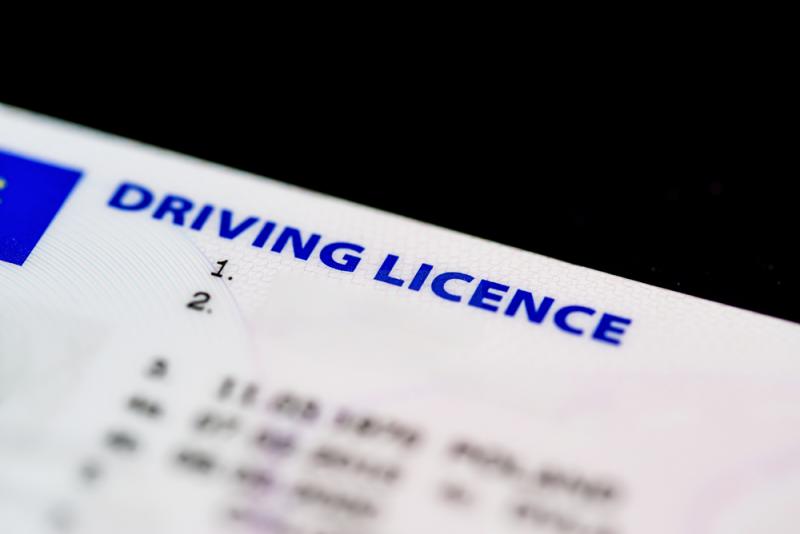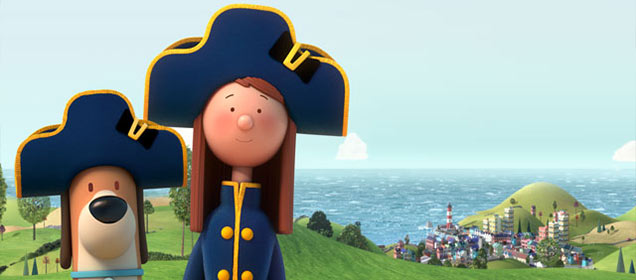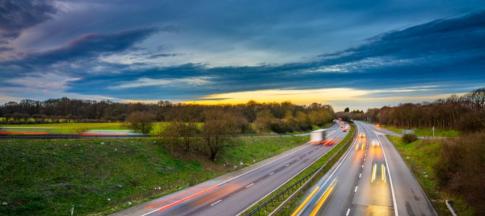Applying for a driving licence in the UK may seem like a straightforward process - but is it?

There are a number of different licence types which dictate the vehicles you’re legally allowed to drive. Find out more in our guide to the different UK licence types.
With some help from the DVLA we found out how to get a driving licence fast, so check out our top tips to get you on the road.
How can I get a provisional driving licence?
Applying for a driving licence for a car, moped or motorbike is quick and easy to do on the DVLA website. To qualify for a provisional driver's licence you must:
- Be at least 15 years and nine months old
- Be able to read a number plate from 20 metres away
- Provide an identity document unless you have a valid UK biometric passport
- Provide addresses that you’ve lived at over the last three years
- Have your National Insurance number if known.
You’ll usually get your licence within a week of filling out the online form, but you can track your driving licence application on the DVLA website.
How much is a provisional licence?
The licence will cost you £34, payable by MasterCard, Visa, Electron, Maestro, Delta debit or credit card. Without this you will be unable to take your driving test.
How long does a provisional licence last?
Your provisional licence is valid for 10 years before you’ll need to renew it with an updated photo. But if you’ve taken and passed your theory test, you’ll only have two years to pass your practical, otherwise you’ll need to retake your theory.
You can apply for your full driving licence once you've passed your theory test and practical driving test. After you pass your practical test, your examiner will send your pass certificate to the DVLA, and you’ll receive your full driving licence within three weeks.
How do I upgrade my automatic car driving licence to a manual?
If you passed your driving test in a manual vehicle, you’re qualified to drive in both manual and automatics.
However, if your test was taken in an automatic, you probably hold a Category B Auto licence, meaning you must retake your test in a manual vehicle. You don’t need to apply for another provisional licence, as your automatic licence will simply be updated should you pass.
You won't need to re-take your theory test when updating your driver's licence – simply book a practical test.
And if you're unsure about whether to learn to drive in a manual or automatic, our guide will help.
Can I update my driving licence to cover a higher category of vehicle?
If you hold a standard car UK driving licence, you should be eligible as a Category B, Category B Auto and Category BE driver. This means you should be able to drive cars, including automatics, with a certain tow limit. Take a look at the DVLA driving licence check to find which vehicles you’re eligible to drive.
You may wish to update your licence to cover higher categories of vehicle. If this is the case, you must hold the entitlement on your existing licence so you’re then able to apply for provisional entitlement for a higher category of vehicle. This is called ‘staging’.
For instance, you must have a full car licence before you can apply for provisional entitlement to drive a lorry, minibus or bus.
The provisional entitlement will then mean you can take the test for the new category. The Government website has more information on staging.
Can I use my foreign driving licence in the UK?
The rules surrounding international driving licences are complicated, and the outcome is dependent on a number of factors. For a detailed explanation, read our guide to driving in Britain with a non-UK licence.
If your driving licence wasn’t obtained in the EU or a designated country, you must apply for a provisional GB licence. You can then take a driving test and apply for a full licence once you’ve been in Britain for at least six months.
The ‘designated countries’ are: Andorra, Australia, Barbados, British Virgin Islands, Canada, Falkland Islands, Faroe Islands, Hong Kong, Japan, Monaco, New Zealand, Republic of Korea, Singapore, South Africa, Switzerland, Zimbabwe.
To find out if your licence is eligible, use the DVLA’s driving tool, but be aware that this process is different if you’re from Northern Ireland.
When can I renew my licence after disqualification?
If you’ve been disqualified from driving, you’ll need to apply for a new licence once your disqualification period ends. If your licence has been cancelled or revoked, you can apply for a new one at any time. Our guide explains how motoring convictions can affect your insurance.
- Disqualification for drink or drug driving
The DVLA will send you a D27 renewal form either 56 or 90 days before your disqualification ends, depending if you’re a high risk offender - New drivers
If your licence is cancelled within two years of passing your practical and theory tests, you must retake them - In-court failings
If you fail to hand over your licence in court for an endorsement, you must apply for a new licence - If you’re from Northern Ireland
Visit the DVA for the rules if you live in Northern Ireland
Visit the Government website for more about reapplying for your driving licence after disqualification.
How does a medical condition affect my driving licence?
If you develop a notifiable medical condition, you must notify the DVLA. It will then assess your health and driving capabilities, and suggest you either:
- Get a new driving licence
- Have a shorter licence – for one, two, three or five years
- Adapt your car by fitting special controls
- Stop driving and give up your licence
Reapplying for your licence
The DVLA will tell you the date you must wait until you can get a new licence. You’ll be able to reapply eight weeks before the end of this period. However, you must check with your doctor that you’re fit to drive.
Renewing your short term licence
The DVLA will send you a renewal letter 90 days before your one, two, three or five-year licence is due to expire. At the moment, you can only renew online if you have diabetes, epilepsy, Parkinson’s disease, a visual impairment, a sleep condition, or a heart condition.
Our guide to health and driving has all the information you need about driving after injury and your car insurance.
How do I replace my licence if it’s been lost, stolen or damaged?
You must inform the police if it has been stolen. Don’t forget that as of 8 June 2015 you don't need the paper counterpart of your licence. In order to replace your licence, you must:
- Be a resident of Great Britain (there’s a different service in Northern Ireland)
- Not be disqualified from driving for any reason
- Provide addresses where you’ve lived for the last three years
To get a replacement provisional or full driving licence you must pay £20 by MasterCard, Visa, Electron, Maestro or Delta debit or credit card.
A spokesperson for the DVLA told us: "The Road Traffic Act 1988 requires all drivers whether private or professional to hold a driving licence. In order to drive legally on GB roads, the driving licence must be valid and appropriate for the class or category of vehicle the individual wishes to drive. Those holding valid driving licences issued outside Great Britain may be permitted to drive here depending on the circumstances."
You can view or share your driving licence information to:
- Check which vehicles you can legally drive
- Check your penalty points or disqualifications
- Create a driving licence ‘check code’ to share your driving record with someone else
How to find your driver licence number
Your driving licence number is unique to you and 16 characters long, and you can find it on the front of your licence. It’s made up of:
- The first five letters of your surname (if fewer than five characters, the other characters are filled with nines)
- Six numbers from your date of birth
- The first two letters of your first and middle name
- Three random letters and numbers
The above is true for drivers in England, Scotland and Wales. Drivers in Northern Ireland have a unique number that’s eight characters long and doesn’t follow any set pattern.
If there's anything else you need to know about driving licences, check the government website.

